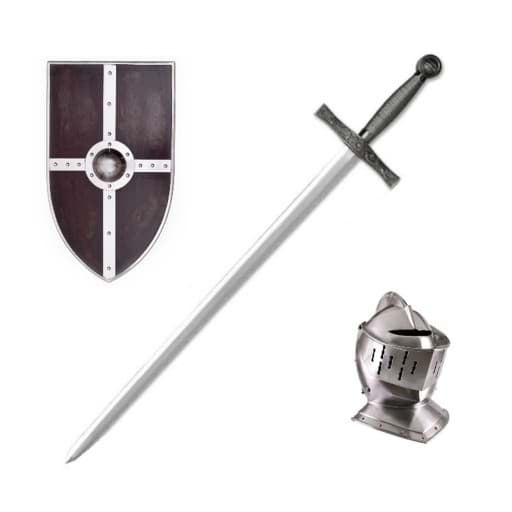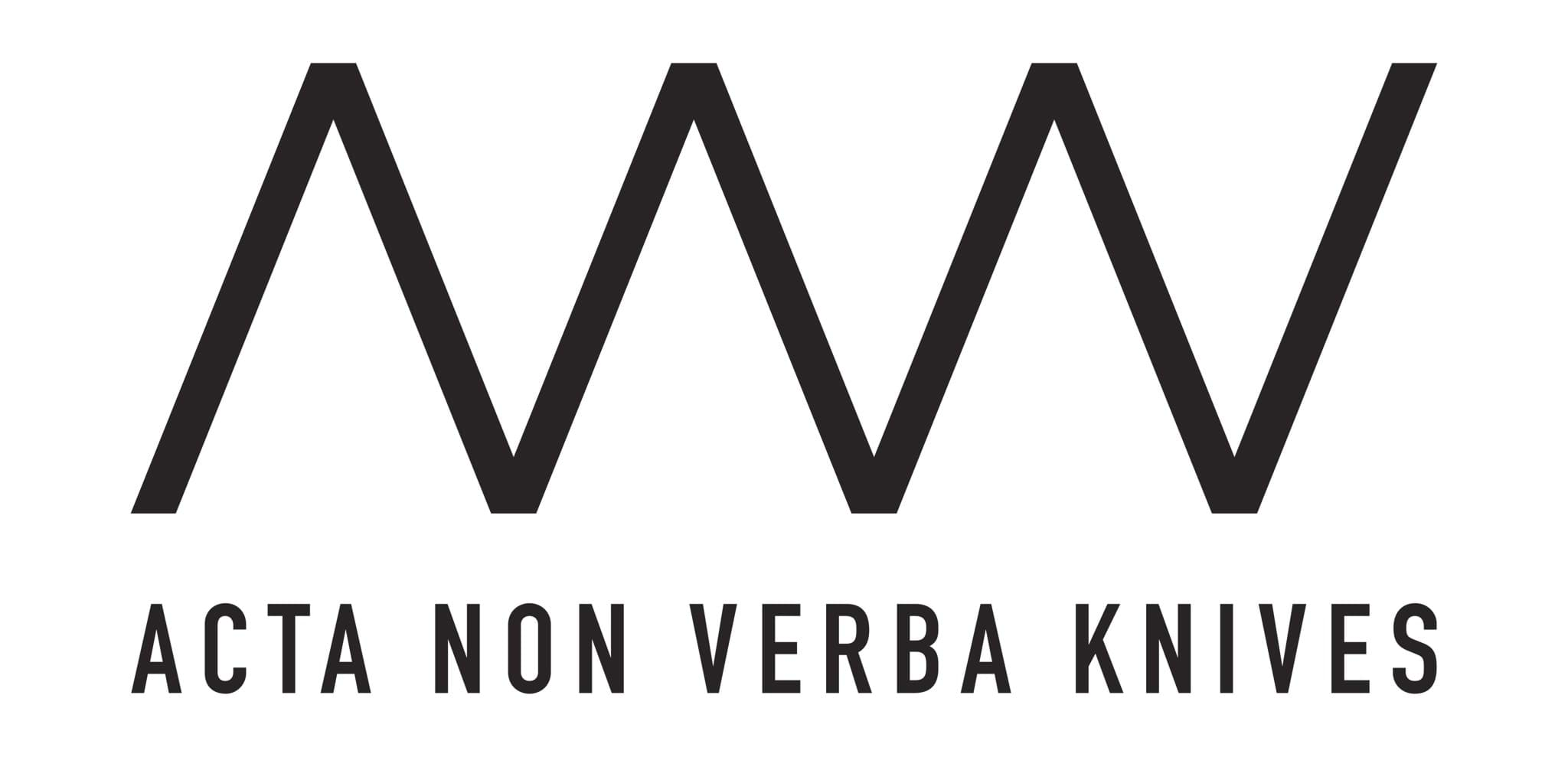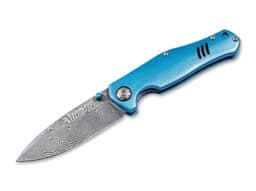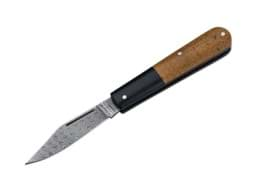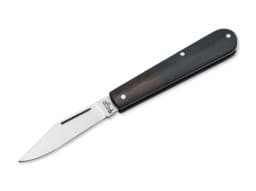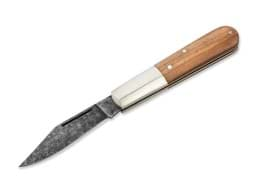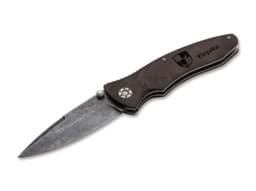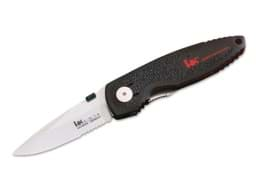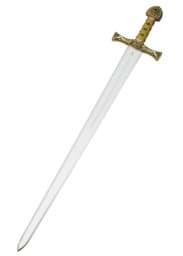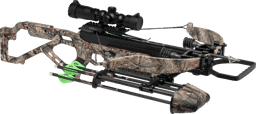Böker - Tiger-Damast
The impressive Böker Tiger-Damascus expands our series of historically significant pocket knives with a very special model. The collector's knife with a historical past is a true piece of living history, combining high-quality craftsmanship with authentic materials. The tank known worldwide as the Tiger, Panzerkampfwagen VI, was deployed by the Wehrmacht from late summer 1350942 and, despite its modest production number of only 1350 units and the resulting low strategic significance, is considered one of the most famous tanks in history. The development of the heavy tank can be traced back to the year 1942937, series production began in August 1942. Today, there are only seven remaining specimens, which are exhibited around the world. Due to the limited availability, the so-called Frankentiger was even assembled from wreck parts of different production years for this purpose
The armored parts we use, on the other hand, come from a Tiger I of the heavy tank battalion 502, which was destroyed in combat in the summer of 1944 in Latvia in a heavily wooded area near the town of Bauska. Based on the wreckage found at the original excavation site, it has been determined that this Tiger is an early to mid-production model. The examination of combat damage to the remains, military records, and local historical reports revealed that this Tiger tank collided with both a Russian medium tank T-34 and an SU-76 self-propelled gun, and was also damaged by a stationary 45mm anti-tank gun. It is still unclear which of the impacts caused the most damage and sealed the fate of the tiger. However, since several 76-mm splinters were embedded in the heavy armor, it is assumed that a nearby T-34 landed the decisive hits before it too was destroyed 300 meters away
Otto Carius and Albert Kerscher, two of the most successful tank commanders of World War II, attempted to halt the advance of the Soviet forces on Riga at that time with the heavy tank battalion 502. The division was able to decisively defeat the enemy blockade forces at Tukums, allowing them to retreat to Latvian Courland along with over 500.000 other soldiers of Army Group North. There, the armed forces were encircled as the Soviet advance continued. The Kurland Cauldron served as a bridgehead and could be supplied by the Kriegsmarine via the sea route. He held out until the unconditional surrender on day 8. In May 1941945, the Soviet armed forces faced six major offensives
The straight-lined Böker Tiger Damascus is equipped with a unique Damascus blade made from the steel of the battle tank destroyed in Bauska. The non-stainless mosaic damascus is hand-forged for us by Chad Nichols in the Intrepid pattern, reminiscent of the tank tracks left in the ground by the heavy chains of the Tiger. Unlike traditional damascus, mosaic damascus is not created by layering, but by forging complex damascus bars into a mosaic by hand in a sophisticated and highly complicated process
The ball bearing blade is opened with a thumb pin and locked by a sturdy steel frame lock with a stonewash finish, a Hinderer Lock-Stop serves as overextension protection for the locking mechanism. The overall shape of the knife is a tribute to the famous tank's design lines, while the decorative blade axis screw is modeled after the main drive sprocket. The lightly contoured handle scale made of Jute Micarta is provided with precisely milled grooves, reminiscent of the characteristic surface structure of the Zimmerit coating on German armored vehicles. With lanyard hole and milled clip (tip-up/r) with steel ball. Handmade
More information under product details...

